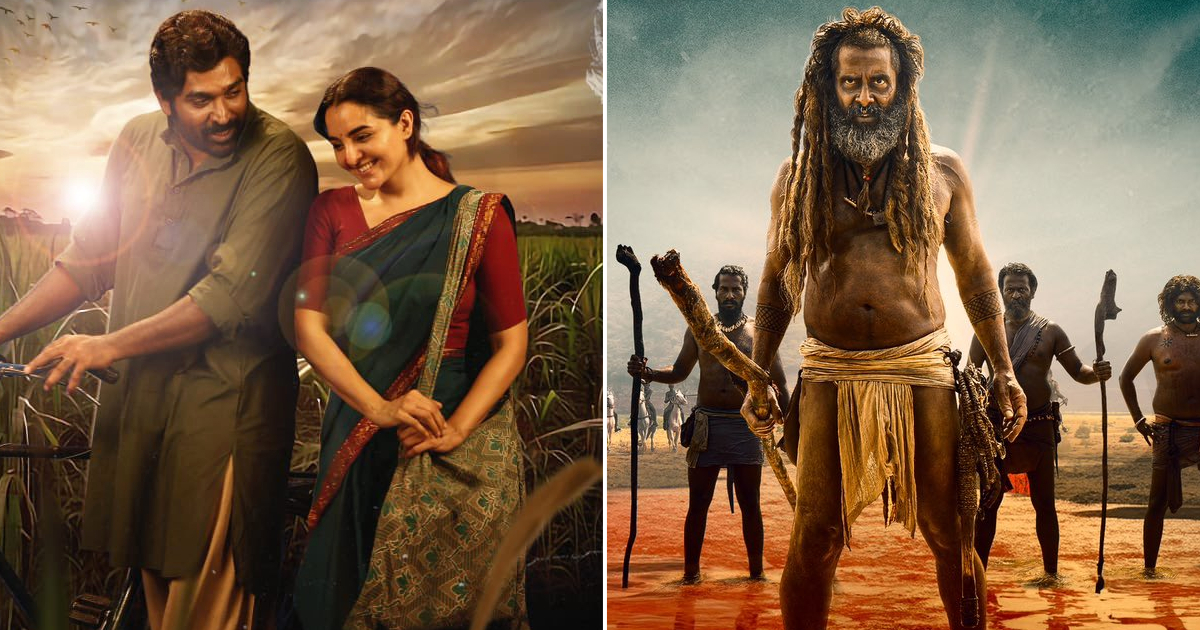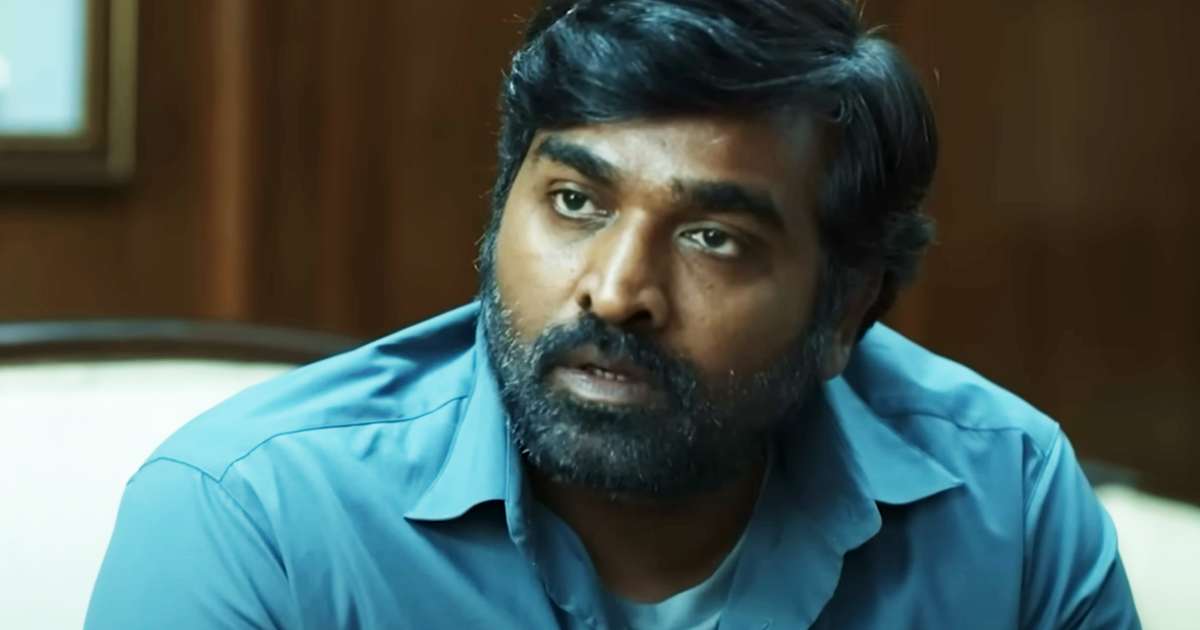
Tamil cinema has been quietly reinventing what it takes to make a solid story and sell it to a wider audience. This quiet revolution of money, metrics, and storytelling has brought the area to the forefront of Indian cinema.
From raw indie dramas to polished pan-Indian spectacles, Tamil cinema has spent the last ten years laying the groundwork for its current box office dominance, and 2025 is simply reaping the rewards.
Tamil cinema’s quiet revolution that began in the 2010s
Back in the early 2010s, Tamil cinema was already experimenting with complex storytelling and bold themes—Aaranya Kaandam brought neo-noir into the mainstream, while Subramaniapuram and Pariyerum Perumal proved that gritty, rooted narratives could still pull crowds. Directors like Vetrimaaran, Lokesh Kanagaraj, and Mari Selvaraj were redrawing the boundaries of storytelling.
Trending
Tamil films weren’t just art—they were accessible, massy, and deeply local. Established stars like Vijay, Dhanush, Suriya, and Vikram collaborated with younger filmmakers, and the industry began churning out blockbusters that were both high-concept and high-revenue. Films like Master, Vikram Vedha, Kaithi, and Jai Bhim crossed linguistic barriers and found new audiences across India and beyond.
The result was that the Tamil cinema had its own big-budget success stories, with many of them raking in ₹100 crore or more globally.
Today, seeing mid-budget Tamil films comfortably cross the ₹50 crore mark is no longer surprising. Titles like Viduthalai Part 2, Thangalaan, and Irugapatru are part of an ecosystem where bold themes, sharp scripts, and strong performances are finally getting the box office they deserve. But none of this happened overnight. It took a decade of audience trust, filmmaker experimentation, and a commitment to quality over gimmicks.
Advertisement
For more such updates, check out Down South
Follow Us: Facebook | Instagram | Twitter | YouTube | Google News





 Follow Us
Follow Us










